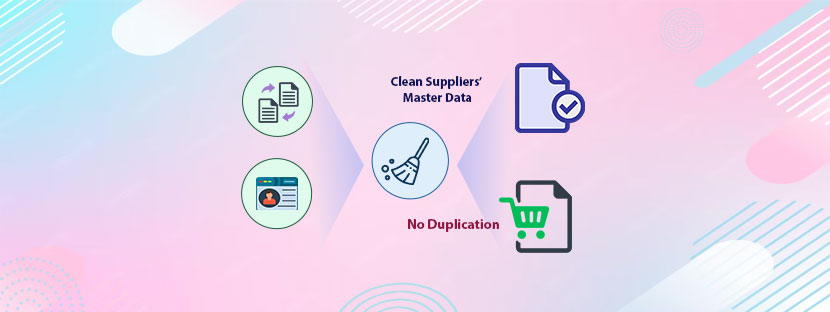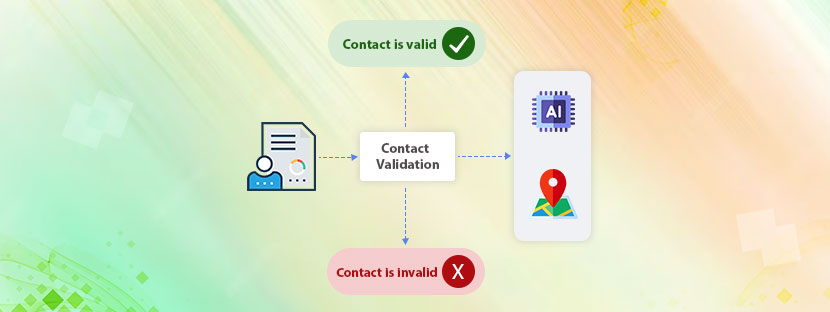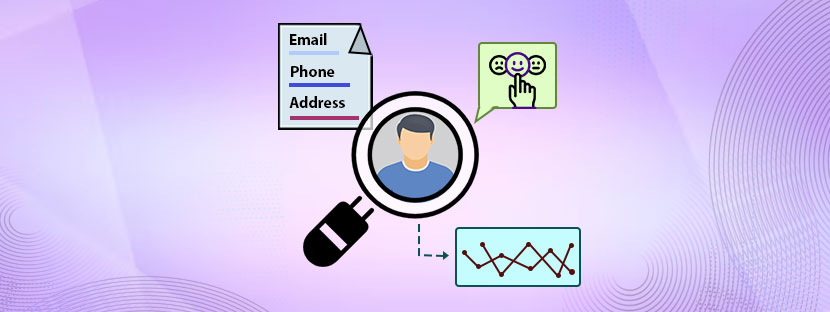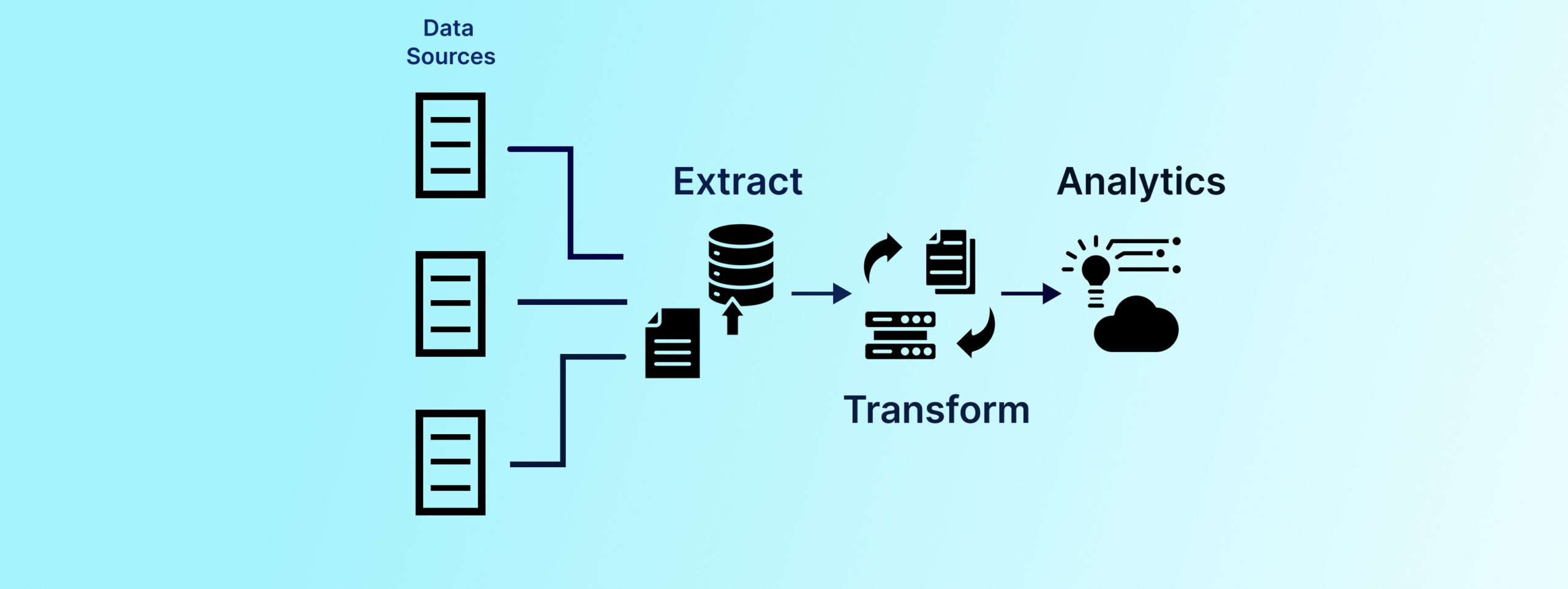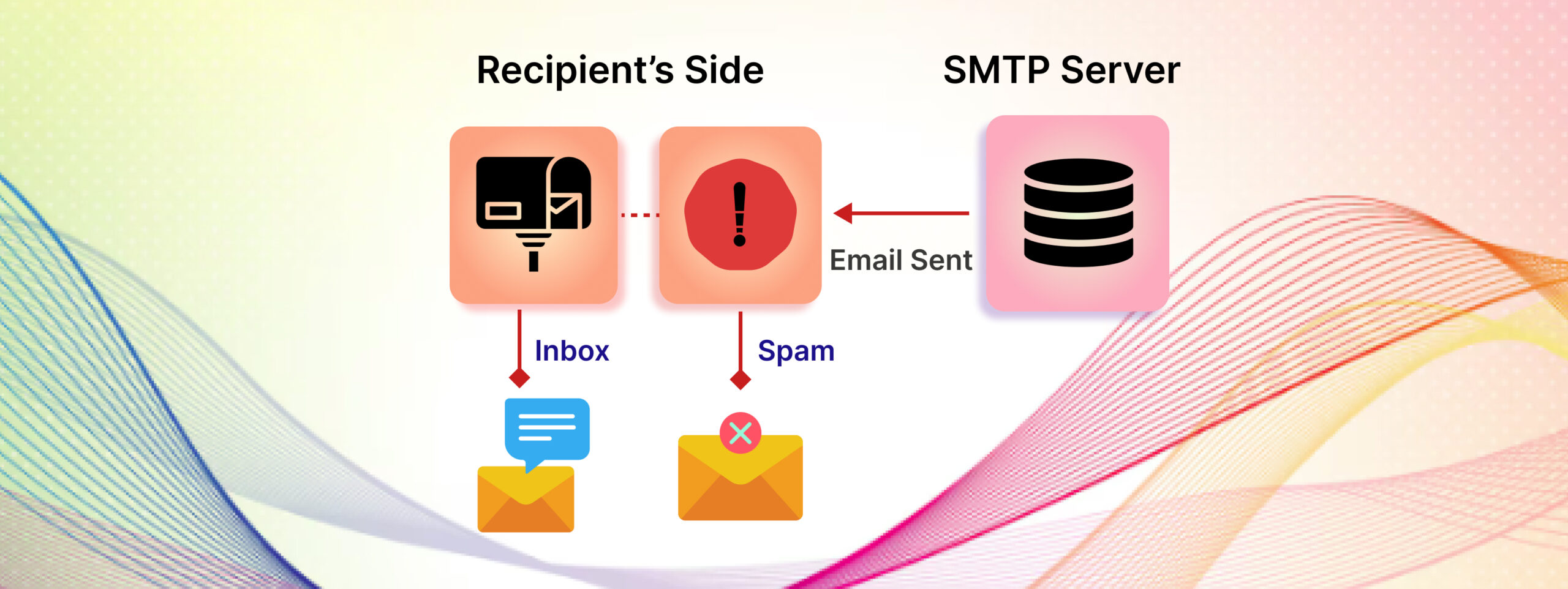In This Article
Unfortunately, it’s true that many eCommerce businesses closed because of poor supplier data. Not cleaning up supplier data on time is the main reason here. Plus, a lack of effort from the eCommerce businesses or maybe the unavailability of experts makes the process complex further.
So, the cost of bad supplier data is huge in the eCommerce domain. If you running an eCommerce business and facing issues related to poor supplier data then this blog is for you.
Let’s understand the entire process of transformation and Supplier Data Cleansing for eCommerce here.
First, to begin with, answer these questions!
DO YOU HAVE THESE SIGNS?
If your answer is YES, then you need to clean up your supplier data immediately. These issues are increasing because of poor suppliers’ data.
Vitality of Supplier Data Cleansing for eCommerce
Once you decide to initiate the cleansing operation, you need to know how it going to benefit your e-commerce operations. Let’s brief that here.
Reduce Duplicate Payments : Due to poor supplier records, often AP teams (Accounts Payables) mistakenly pay vendors not only twice but multiple times. It causes huge financial leakage for eCommerce businesses. Cleaning supplier data prevents that leakage.
Prevent Frauds : Many a time, eCommerce businesses have to lose their profits due to fraudulent activities. The majority of them caused due to maintaining poor data records.
Through regular cleansing operations, your eCommerce business can prevent potential fraud.
Make your Data Duplicate-Free : Just like regular cleaning operations, through this process, you can minimize duplicate supplier records. Duplicate-free supplier data helps eCommerce businesses get high-value insights.
Improve Operations : Clean supplier data ensures better turnouts, deliveries, upsell products, and many more. In short, it enhances and improves your eCommerce operations manifolds.
A 3-Phase Solutions for eCommerce Supplier Data Cleansing
Phase 1: Assessment

Assessing Suppliers’ Master Data
Cleaning up eCommerce processes starts with cleaning suppliers’ master data. Two parties’ stakes are directly involved in this process; they are – the finance team and the procurement team.
In suppliers’ master data, there are many things included but it is fragmented into three categories;
Further, the data is organized into multiple categories for different purposes. It includes the VAT number, business registration number, tax code, country of origin, legal address, and many more things. Each data is important and thus cleaning up the database is required here.
Checking Data Quality
Data cleansing is crucial to improve data quality. Before you initiate supplier data cleansing, you need to check the quality of your existing data. Finding the quality gap and meeting it with proper data is the requirement here. To measure the data quality, you can follow 3 main steps;
A major part of the suppliers’ data consists of legal information. Concerned legal authorities are there where you can verify the data in easy terms. Many companies nowadays are using different tools (including AI) for this purpose. However, you need to perform some work using manual investigations. You need to investigate the standard of the data and send them for cleaning purposes.
Discovering the quality gap is an integral part of data cleansing. eCommerce business has rapidly growing all these years so quality issues must not be there. Through cleansing, they can improve data quality and project their business better.
Elements to Check
Once you assess your data you will find where the problem lies. With an example, you can understand why data cleansing is important here. Suppose you have 500 vendor numbers saved in your database. However, when you conducted the data quality assessment, you only had 350 valid suppliers left. A total of 150 suppliers’ data got rejected due to bad quality of data records. So the mission for data assessment has been accomplished here to find bad records.
After quality assessment, you would enter the next phase where you have to plan for the cleansing operations.
Phase 2: Planning

Kicking off the data cleaning operation to get a clean list of supplier data is a much later process. Before that, you need to frame a plan for the execution. Consolidating the records should be your ideal when you plan for data cleansing. Working with supplier data is critical as your main eCommerce operations are directly linked with that. So, with a proper plan, you can navigate the process seamlessly.
Step to follow for consolidating data cleansing execution plan
An interesting fact must be quoted here, which says that a company on average spends $500-1K on suppliers annually (a study by Advanced Market Research). Therefore, it’s been established here how important the supplier data is. Often, companies do not have the right processes to bring the best out of this. However, bad-quality data can impact the supply chain process and disrupt the entire supply ecosystem overall.
To ensure a smooth flow of supply, you must clean up your database now and then. Clearly, you need data cleansing but with the right execution plan. Otherwise, you’ll end up spending tracks of money on unworthy quality improvement procedures.
Already companies spend a huge amount on each single supplier record. So, if the data is taken twice then it would create a blunder. So, the deduplication of supplier data is a must. Let’s plan for deduplication now.
Identifying Duplicates
All duplicate files are not bad, some duplicates can contain unique data also!
Matching duplicate files with real data is essential to verify the uniqueness of the content. Supplier databases may contain duplicate data as they duplicate their data for storing backups. But mainly duplicate data was created in the supplier database for these reasons;
In all cases, finding the duplicate data is easy as they were not synchronized properly with the parent data. Therefore, you need to identify unsynchronized data in the database and validate them with due measures. If the item appears again in the database, you must migrate it into another folder as a duplicate.
Read More: 10 Data Cleansing Steps for 2025
Prioritizing Deduplication
Hope you started the cleansing operation with multiple suppliers’ data together. So, you need to prioritize which data you pick first and then arrange the left data in order for cleansing.
Categorizing the database for duplicate removal would help the process manifolds. Overall, you can finish the deduplicate process 3X faster.
For better results, you can distribute the data attributes into alphabetical order (eg. Group A, Group B, Group C, and so on). Your first group must contain all complex sets of data and then reduce the data complexities in the later ones.
While doing deduplication, you may find some missing information in the supplier master data. What do you do then? Of course, you need to fill in the missing values with accurate data. That plays a major role in the entire data cleansing operations. Hence, you need to do is;
Identifying the duplicate, planning for removal, and updating the existing database with new records is the main focus in this phase. After you plan all these, you need to estimate time, prepare your resources, and set quality parameters to execute the plan.
Developing Tactical Plan
To begin with, you need to frame the tactics smartly so that you can end the process with improved data. Finishing the process before the deadline is vital. Thus, setting up calendar goals can help you there. Due to prioritization, you can easily accomplish your goals on time, for sure.
Keep All Resources Ready
Lastly, during the planning phase, you need to prepare all the tools in and around your periphery.
There are many tools (basically software) available in the market that can help you with data cleansing. But they would work better only when your human resources are properly trained. Well, some tools are great (similar to Excel) that require only basic Excel and a little bit of Cloud knowledge. Anyway, to be prepared for the execution, you must provide revision training to your experts for better outcomes.
Phase 3: Execution

Kick-off Resource Utilization
Once you re-train your staff, you can flag off the execution phase that you planned earlier. In this phase, you can arrange your staff members for different roles. Break the entire supplier database into different strategic parts and allot them to your experts.
For example, you can break the supply management database into different parts like; spend analysis, contract management, sourcing management, B2C negotiation data, SIM (Supplier Information Management), and further sub-parts.
Manage Assignments
Observing and managing all the cleansing operations is crucial. For this, you can apply different management styles and techniques as per the situation. However, in this situation, we recommend the following way to tackle the processes.
Further Note: the end-to-end model suits best for small to medium-sized eCommerce businesses. On the other hand, when the eCommerce operation is large then the conveyor style would suit the best.
Monitor and Control the Plan
Through observations, it’s been noticed that cleaned data sometimes gets corrupted due to poor controlling measures. All your efforts would go in vain if your clean data becomes distorted. Hence, you must adopt a monitoring and controlling plan to protect the quality of your clean data.
Review team meetings, status report submissions, and other methods are there to establish a detailed controlling mechanism. During meetings or discussions, your focus must be on improving the process for better outcomes.
Update Status Reports
The percentage of completion must be on record to track the complete process. For that, updating the status reports after a time interval would suit the best. This report contains;
Project Handover
Finally, you’ll end up reaching the delivery stage where you have to hand over the project. Before you do that, you need to think further regarding quality measures. For the best, you must recheck your set quality standards to reach the optimal level. Continue checking the quality till you reach nearly 100 percent accuracy must be your aim here. If not 100%, then try a closer fraction to ensure the best data cleansing operations.
Summing it Up
Data cleansing operation in the eCommerce domain itself is a complex process. The complexity reaches its height when it comes to cleaning the suppliers’ data. Well, knowing the exact data cleansing processes can reduce some complexities as you would be aware of the entire process. But when you choose a professional company for outsourcing data cleansing services, it definitely would be the best. A professional outsourcing service provider has the exact knowledge along with the right amount of experience to help you out with eCommerce supplier data cleansing.
Further Reading: Data Cleansing Problems, Solutions & Wishlist

